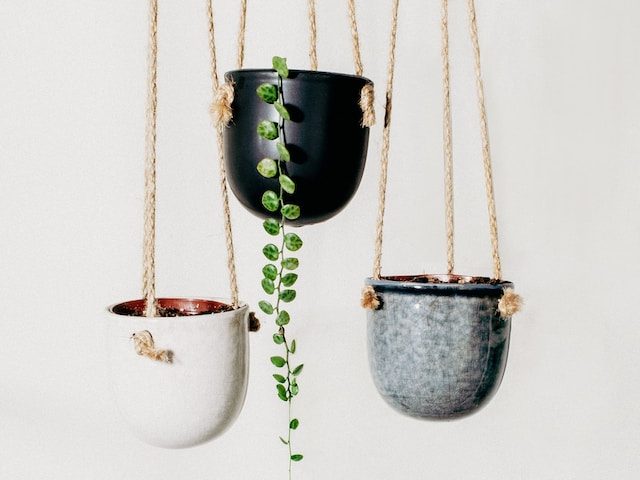
Basic Zebra Cactus Care
Named after their white striped leaves, Zebra cacti are very easy for care for. They pretty much thrive from being forgotten about. Here you will find all the information you need to properly care for a Zebra Cactus.
| Light |
Bright Indirect LightI love the sunshine but too much direct light will damage my leaves. |
| Water |
Water InfrequentlyI can be quite sensitive to root rot so be careful not to overwater me. |
| Humidity |
Medium HumidityPlease make sure the air isn’t too dry, otherwise I won’t be a happy plant. |
| Soil |
Draining SoilI like a mix that includes peat moss and perlite as these prevent my roots from becoming water-logged. |
Zebra Cacti like bright, indirect light
Your Zebra Cactus loves the sunlight as they are from the succulent family. However, it is important that you do not place your Zebra Cactus in direct sun as this will scorch the leaves.
Adjust your watering according to the season
Your Zebra Cactus won’t need watering very much over the winter months, every two months will suffice. In the warmer, summer months make sure your Zebra Cactus has fully dried out in between watering otherwise this will quickly lead to root rot.
Never let the crown get wet
It is important that when you water a Zebra Cactus, you don’t let the rosetta / crown get wet as this will encourage the plant to rot, especially in slightly cooler temperatures where the water will not soak through or evaporate.
Don't worry about humidity levels
Luckily, your Zebra Cactus isn’t fussy about humidity levels. They do, however, like fresh air so make sure you ventilate the room by opening the windows regularly or using a fan.
Only fertilise your Zebra Cactus in summer
Use cactus fertiliser to feed your plant once a month during the growth period of spring and summer. You don’t need to fertilise in winter as the plant goes into a dormant period.
Zebra Cacti don't like cold temperatures
When caring for a Zebra Cactus, it is important that you place them in a warm spot in your home. They will struggle with anything below 15 degrees celcius so make sure they aren’t placed next to any drafty doors or windows.
Propagate a Zebra Cactus using its offshoots
It is very easy to propagate a Zebra Cactus as they start to produce little offshoots as the mother plant matures. Carefully slice off one of the plantlets, keeping some of the roots attached and place in water for a few weeks. Once the root system has matured slightly more, your plant is ready to be repot into soil.
Your Zebra Cactus is safe for pets and humans
Another thing we love about a Zebra Cactus is that it is completely safe for pets and humans in the case of accidental ingestion.


Common Problems with your Zebra Cactus
Here are some common issues that you might run into. It's important to diagnose any issues early to give your plant the best chance of bouncing back.
Why has my Zebra Cactus turned pale white/yellow?
Pale white or yellow leaves on a Zebra Cactus indicate that it has been sat in too much direct sunlight and the leaves have burnt. Remove the affected areas of the plant and place it further inside the room, away from any direct sun.
Why has my Zebra Cactus turned red?
Reddening on the leaves of a Zebra Cactus is a sign that your plant has had too much direct sunlight. Try to move your plant away from the window to more indirect light areas.
Why are there black spots on my Zebra Cactus?
Black spots or areas on your Zebra Cactus signals that there is too much moisture in the soil. This may be caused by overwatering and drainage issues. Hold off watering as often as you do and make sure there are drainage holes in the pot, as well as perlite in the soil to help the water drain through.
Why is my Zebra Cactus turning brown?
If you notice your Zebra Cactus is starting to turn brown, this is often due to overwatering or drainages issues. Check the moisture in the soil and replace it if necessary. Make sure there are drainage holes in the pot, as well as perlite in the potting mix to aid with drainage.
Why has my Zebra Cactus collapsed?
If your Zebra Cactus has collapsed in on itself, this is most probably due to overwatering or cold temperatures, or a mix of the too. Remove the damaged part of the plant and repot it into some nice fresh soil.














